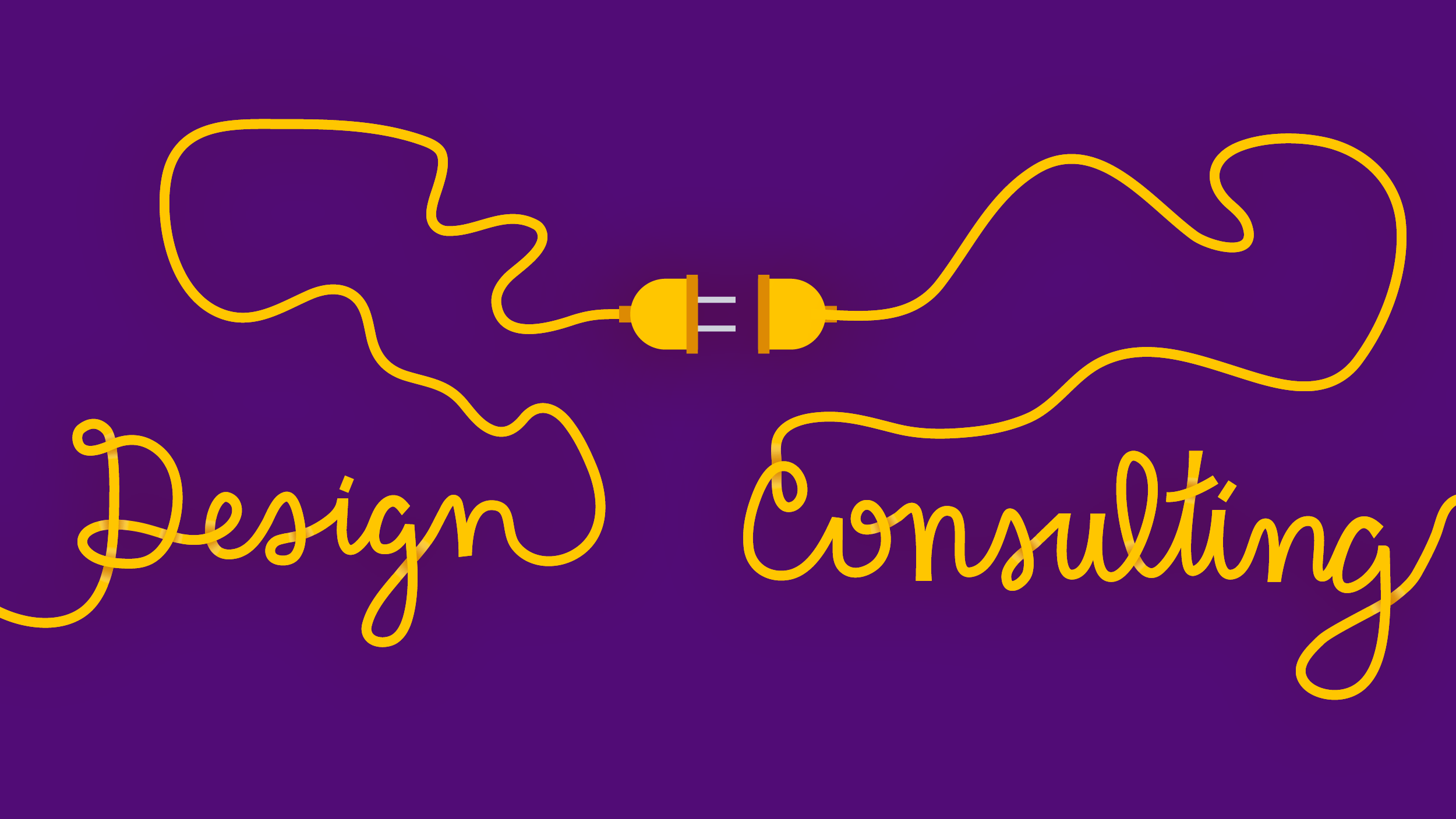How would you define “design consultancy”? If you’re like XPLANE designer Catie Cooper, you might be a little befuddled at first. But once you understand what a design consultancy can do—and its powerful secrets to success—you’ll unlock the door to making critical organizational change happen.
As a design consultancy, XPLANE is a bit of an enigma.
We’d like to say it’s part of our special allure, but the term “design consultancy” is simply more confusing than captivating at first. It may elicit knowing head nods, but face it—many of us secretly wonder if we’re the only one who doesn’t get it.
That’s how I felt when I joined XPLANE, which got me thinking: If a designer like me—someone inside the organization—initially finds “design consultancy” a tad vague, what’s it like for the general population?
Common Misunderstandings and Misapprehensions
During my time at XPLANE, I’ve heard many theories regarding what people think a design consultancy is. Here are two common misapprehensions:
- Are you design consultants? Not quite. Design consultants generally lend design expertise to help others develop or prototype products and spaces.
- Are you user experience (UX) designers? In a way, maybe, but not in the traditional sense. UX designers generally make products or technology easy to navigate, accessible, and enjoyable for users.
Will the Real Definition Please Stand Up?
If XPLANErs are not design consultants or UX designers, what are we?
We’re a design consultancy. We combine the strategic expertise of a traditional consulting firm with the creative power and process of a design studio.
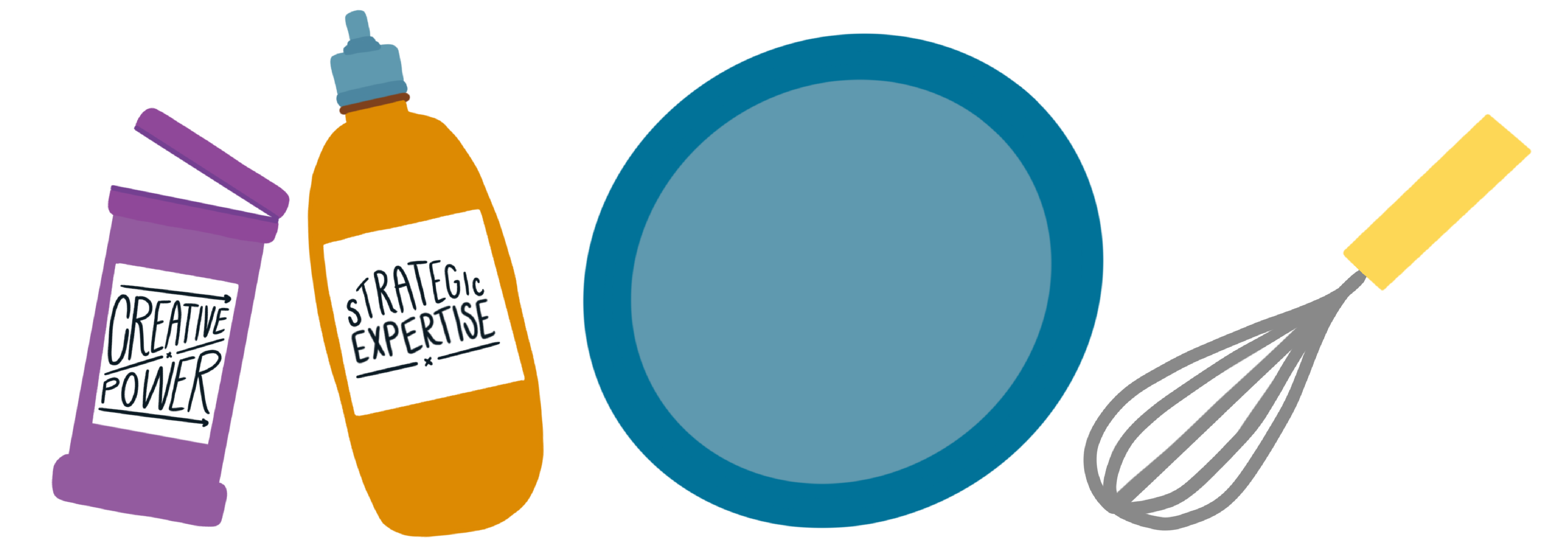
Usually, we work in teams of three: a designer, a consultant, and a program manager.
Our distinctive approach combines three powerful elements:
- Hands-on visual thinking, including a team of experts to help you learn how we approach visual thinking
- Co-creation—which accelerates adoption and change—alongside your team to capture the most accurate information and feedback
- People-centered design to ensure the end product, whatever that might be, most effectively activates change within your organization
The Experts Weigh In
Still a little fuzzy on what a design consultancy like XPLANE does?
I reached out to several XPLANErs for their definitions of “design consultancy.” Here’s what they had to say.

Deanna Rizzo
Director of Employee Experience
“A design consultancy is a consulting firm with design at its core. We create user-centric, strategic and approachable designs to help clients communicate and activate the changes they wish to see.”

Malarie Juricev
Director of Consulting
“A design consultancy guides clients through a design process by incorporating design thinking, visual design, or by designing a strategic plan.”

Tim May
Creative Director
“As a design consultancy, we use the power of design to solve problems for people and organizations. The work we do is always focused on using the best of both consulting and designing to build visual solutions that will help people change.”
The Power of Design Consultancies
A design consultancy like XPLANE differs from traditional consulting firms because we co-create visual solutions with our clients that accelerate adoption of needed change. It’s different from advertising and brand design because our work focuses on accelerating strategy and improving behaviors related to needed change.
Where a traditional consultancy might hand you a long, text-heavy document telling you how to effect change within your organization, we think that end-product can be amplified and improved upon.
It all goes back to the power and science behind visuals:
- According to the National Academy of Science, people can remember more than 2,000 pictures with at least 90% accuracy over a period of several days, consistently exceeding our ability to remember words.¹
- 3M, the maker of Post-it® Notes, states visuals are processed 60,000 times faster than text, and the average person only retains about one-fifth of what they hear.²
- HubSpot® social media scientist Dan Zarrella shares that tweets with images are 94% more likely to be retweeted.³
At XPLANE, we believe in the power of visuals at every stage of the process—especially once your organization completes its work with XPLANE.
Our goal is to co-create resilient toolkits with you that help you accelerate critical change using the most effective tools in our arsenal: visual assets, visual communication, and visual thinking.
When you’ve got an organizational initiative or change to get off the ground, a design consultancy can give you liftoff—and a path to the future you envision.
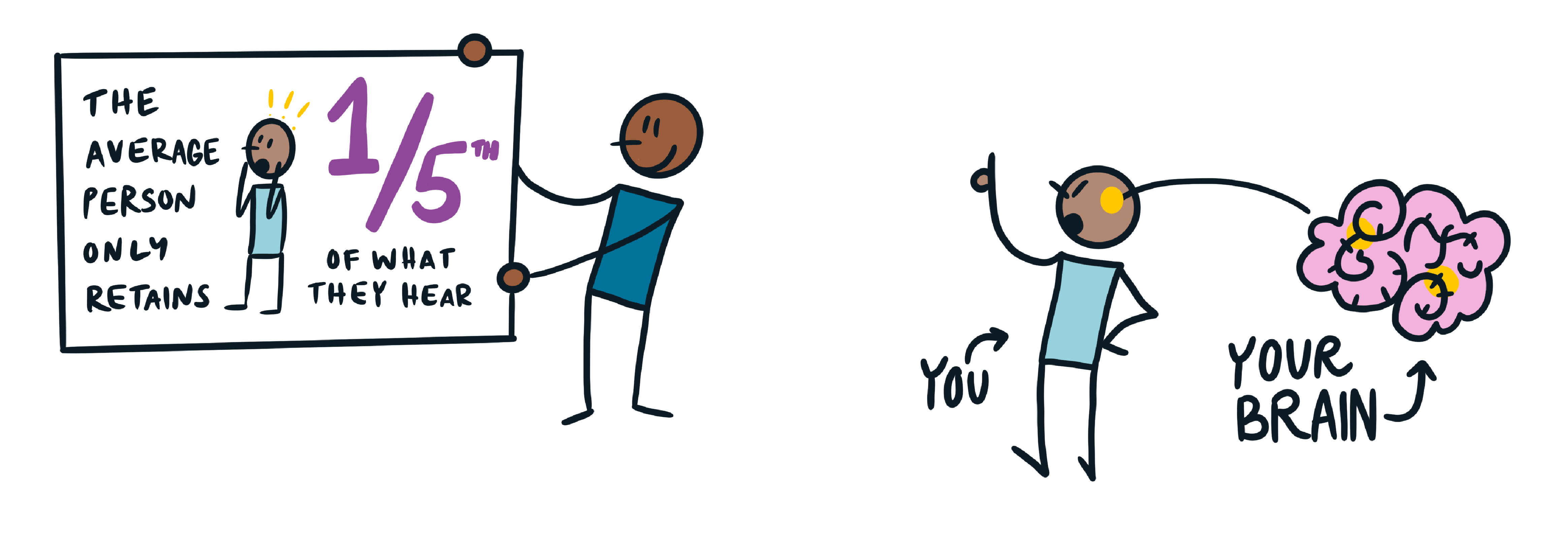
Want to Learn More?
If you’d like to see how XPLANE can address your needs, we invite you to peruse various projects we completed recently for organizations such as OMSI, Carhartt, Rocket Software, and SeatGeek.
If you’d like to read more about the power of working with a design consultancy such as XPLANE, we recommend the following posts:
- Five Surefire Signs You Need an Outside Facilitator Now
- Stop Asking Consultants to Give You the Answer
If you’d like more information or have questions or comments about this post, don’t hesitate to contact us.
References:
¹ Neural correlates of the episodic encoding of pictures and words | PNAS Cheryl L. Grady, Anthony R. McIntosh, M. Natasha Rajah, and Fergus I. M. Craik. Proceedings of the National Academy of Sciences of the United States of America, March 3, 1998.
² Polishing your presentation | 3M Meeting Network
³ Use images on Twitter to get more retweets | Dan Zarrella October 7, 2013.
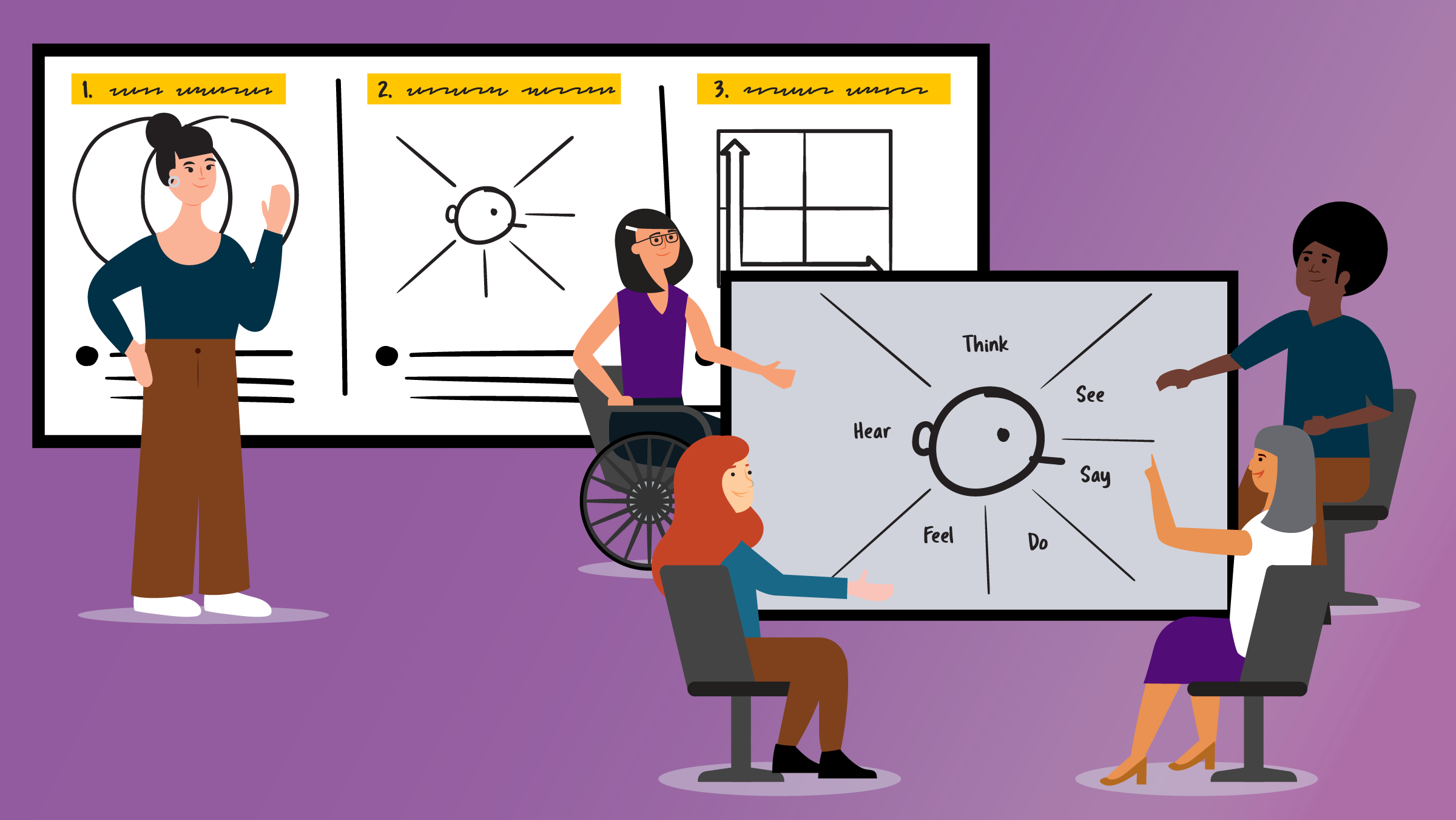
How to Enhance Your Facilitation Skills Using Visual Communication Tools
Do you want to be a more creative leader? A more effective facilitator? It may be time to try visual thinking—that is, externalizing your ideas
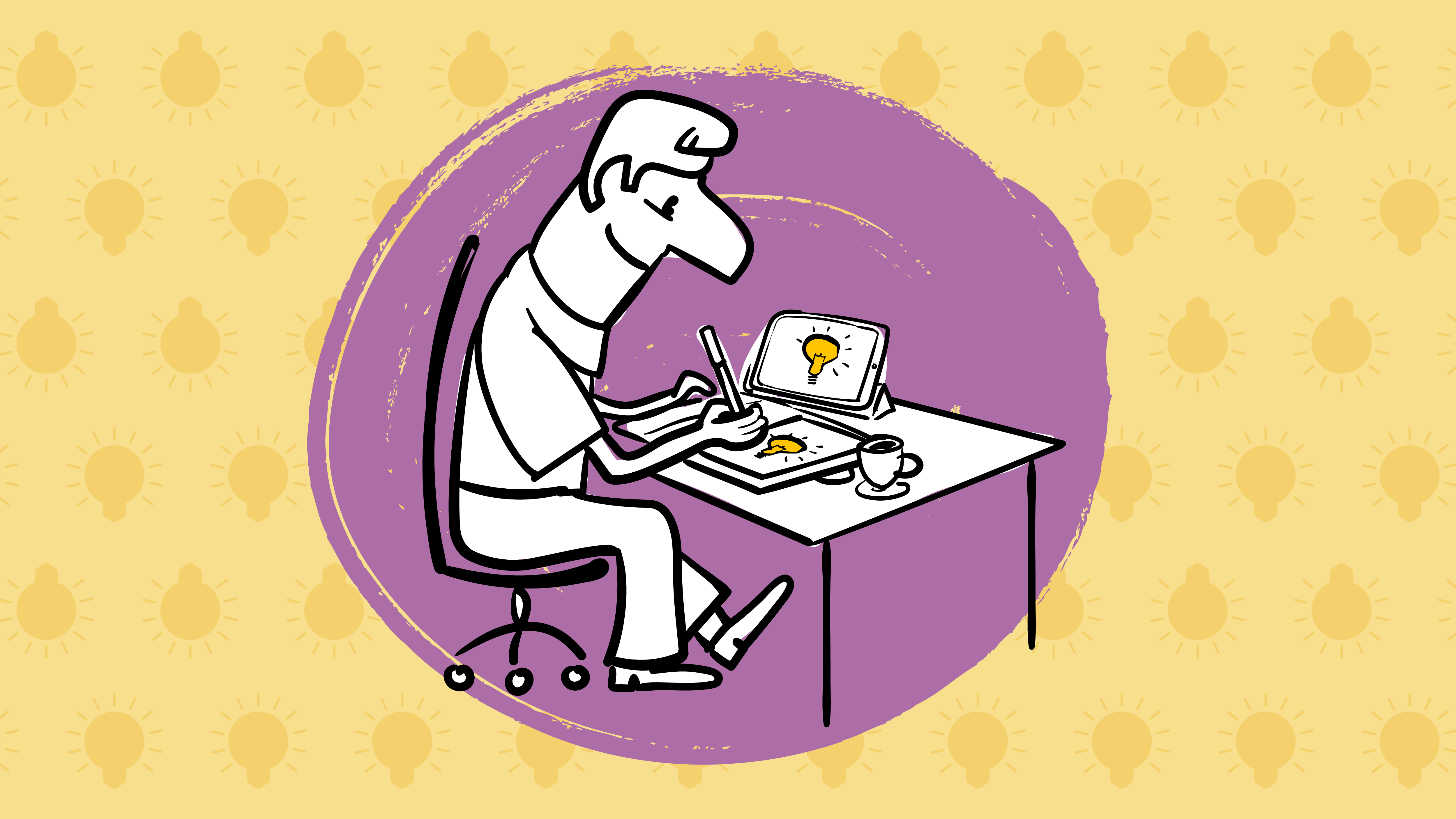
How to Draw Your Idea and Move People to Action: An Exercise in Visual Communication
Want to help people understand and move ideas to action quickly? It may be time to try your hand at drawing your ideas. Visual communication
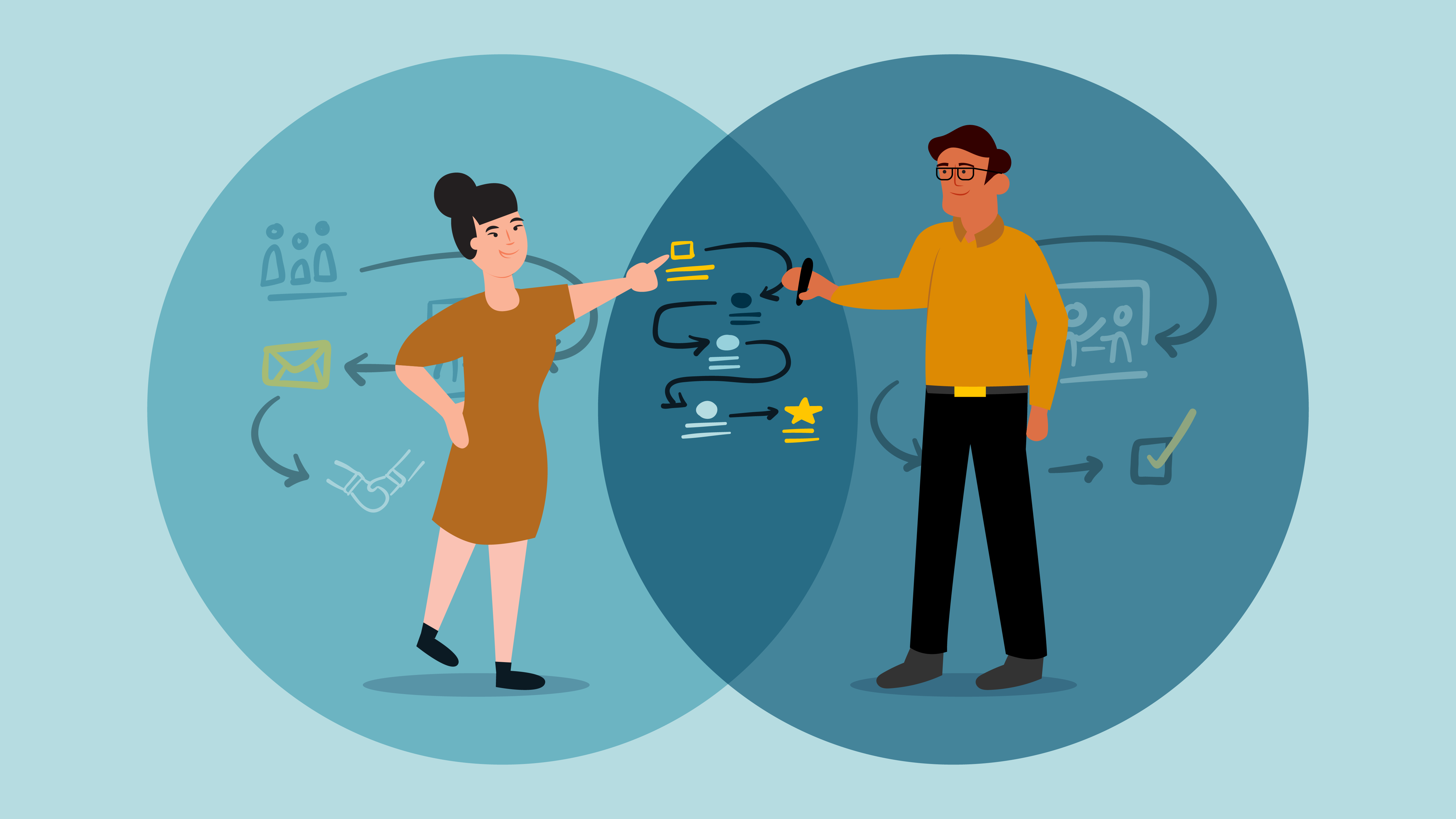
The Key to More Effective One-on-Ones? Visuals!
One-on-ones are a building block of strong organizations, yet too often these critical meetings fall short of their true potential. Want to lead more meaningful
